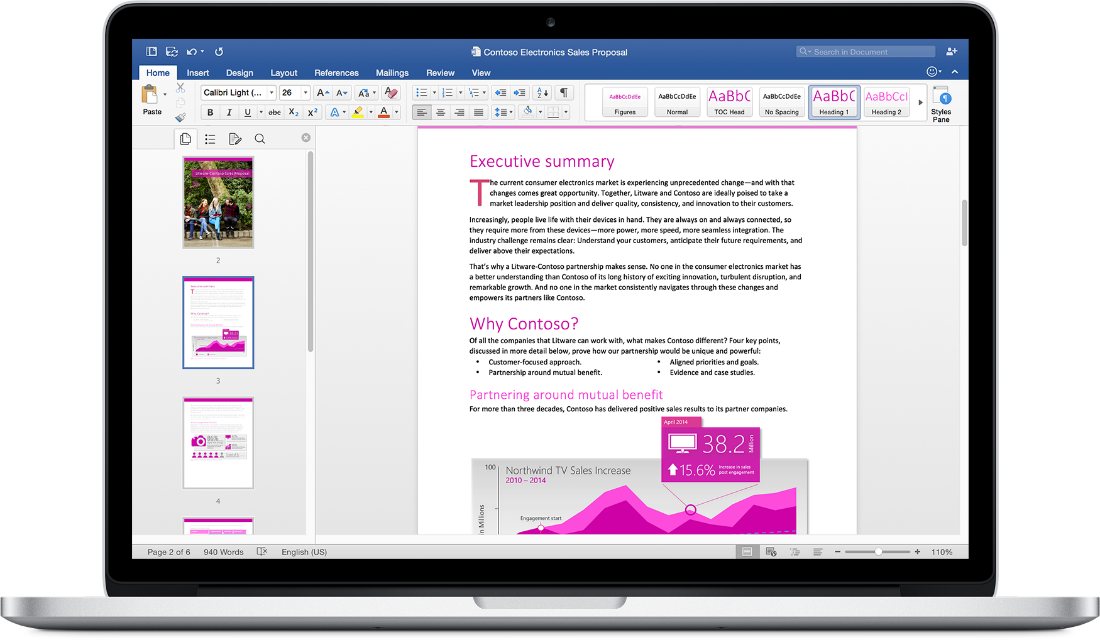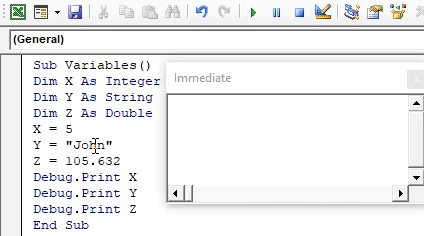

It is important to note that VBA has some useful built-in UserForms. There are other controls but these are the ones you will use most of the time. Font, Font style and Size contain a textbox with a ListBox below it.In the Format Cells screenshot above you can see examples of these controls: UserForms contain different types of controls such as Buttons, ListBoxes, ComboBoxes(Dropdown lists), CheckBoxes and TextBoxes.

Excel for mac 2016 vba debug how to#
This post will contain a ton of examples showing how to use each of these controls. In the second part of this post I will cover the main controls such as the ListBox, the ComboBox(also called the Dropdown menu), the TextBox and the CheckBox. I will also show you how to easily pass the users selection back to the calling procedure. This first post covers creating the VBA Userform and using it as modal or modeless. In these two blog posts( part 2 is here) I will show you how to quickly and easily add a UserForm to your application. As with most topics in VBA, 90% of the time you will only need 10% of the functionality. If you are new to UserForms you may be overwhelmed by the amount of information about them. It provides a practical way for your application to get information from the user. ( Note: Website members have access to the full webinar archive.) If you are a member of the website, click on the image below to view the webinar for this post. The following table provides a quick guide to the most common features of the UserForm Function


 0 kommentar(er)
0 kommentar(er)
